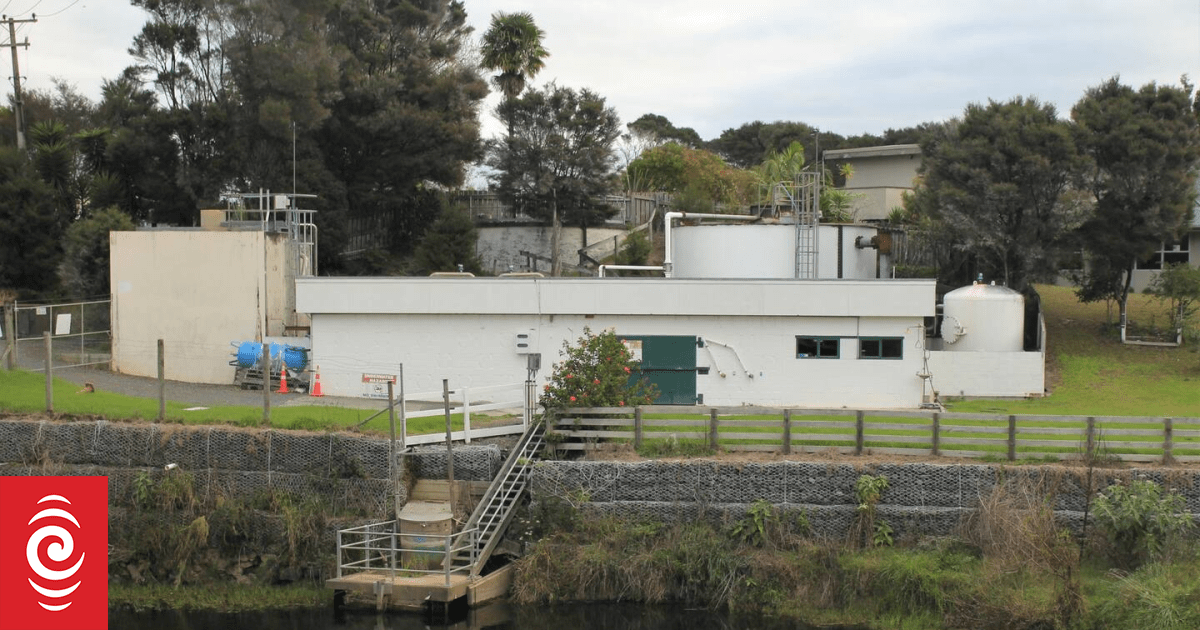Cocurullo said Whangārei had an urgent housing need and the Government plans supported addressing this further.
He, however, cautioned that the council would need a realistic approach to housing growth, making sure the city’s sewerage pipes, drinking water and stormwater infrastructure could cope.
Whangārei is one of 13 New Zealand cities being directed to greater housing growth under the new Government plans – along with Auckland, Wellington, Christchurch, Dunedin, Hamilton, Napier-Hastings, Nelson, New Plymouth, Palmerston North, Queenstown, Rotorua and Tauranga.
The Government said WDC would need to have housing growth targets as part of the new Government push. It will also have to put 30-year housing growth enablement in its District Plan, using high population growth projections.
New rules are also being brought in around how the council calculates future housing capacity needs.
The Government will mandate if councils do not appropriately comply.
Cocurullo said Whangārei had already in place growth strategies.
The council would soon be asking people for their feedback on a new future development strategy.
He said the council had already been using higher 2.5% annual population growth rate projections to calculate demand since 2019.
There were urban growth limits around Whangārei.
But planned new areas for potential housing growth, such as Springs Flat to the north of the city, had been identified for development as demand grew, he said.
The Government is also pushing towards the council being more accommodating of applications from developers to change District Plan zoning to allow for housing development where it would otherwise be banned.
Cocurullo said the council had been encouraging of housing development.
The council consistently worked to make sure development contributions went back into infrastructure and services related to those developments.
Bishop said the new housing growth targets for New Zealand’s cities would come with moves to make it easier to expand both up and out.
There will also be stronger intensification provisions in underlying government policies.
The new 30-year housing planning horizon for WDC is in contrast with current rules requiring that is worked across only three years.
The Government is looking to expand the 30-year horizon even further out, to 50 years.
WDC will no longer be able to set minimum dwelling sizes for apartments and other housing under the changes. Neither will it be able to require balconies.
Developers will still be able to choose dwelling sizes “in line with demand from buyers”.
Auckland Master Builders Association Northland representative Whangārei’s Simon Crawford welcomed the Government’s housing growth push.
He said any development of this nature was positive.
It would make for more affordable homes such as in situations where three dwellings could be built on a section that was previously only able to accommodate a single dwelling.
Crawford said it was important the council made sure sewerage infrastructure was adequate to deal with any housing intensification.
He said Whangārei’s housing development over the last 20 years had been mostly the three-bedroom home style on an individual property.
Crawford predicted the new Government push would change that.
■ LDR is local body journalism co-funded by RNZ and NZ On Air.


